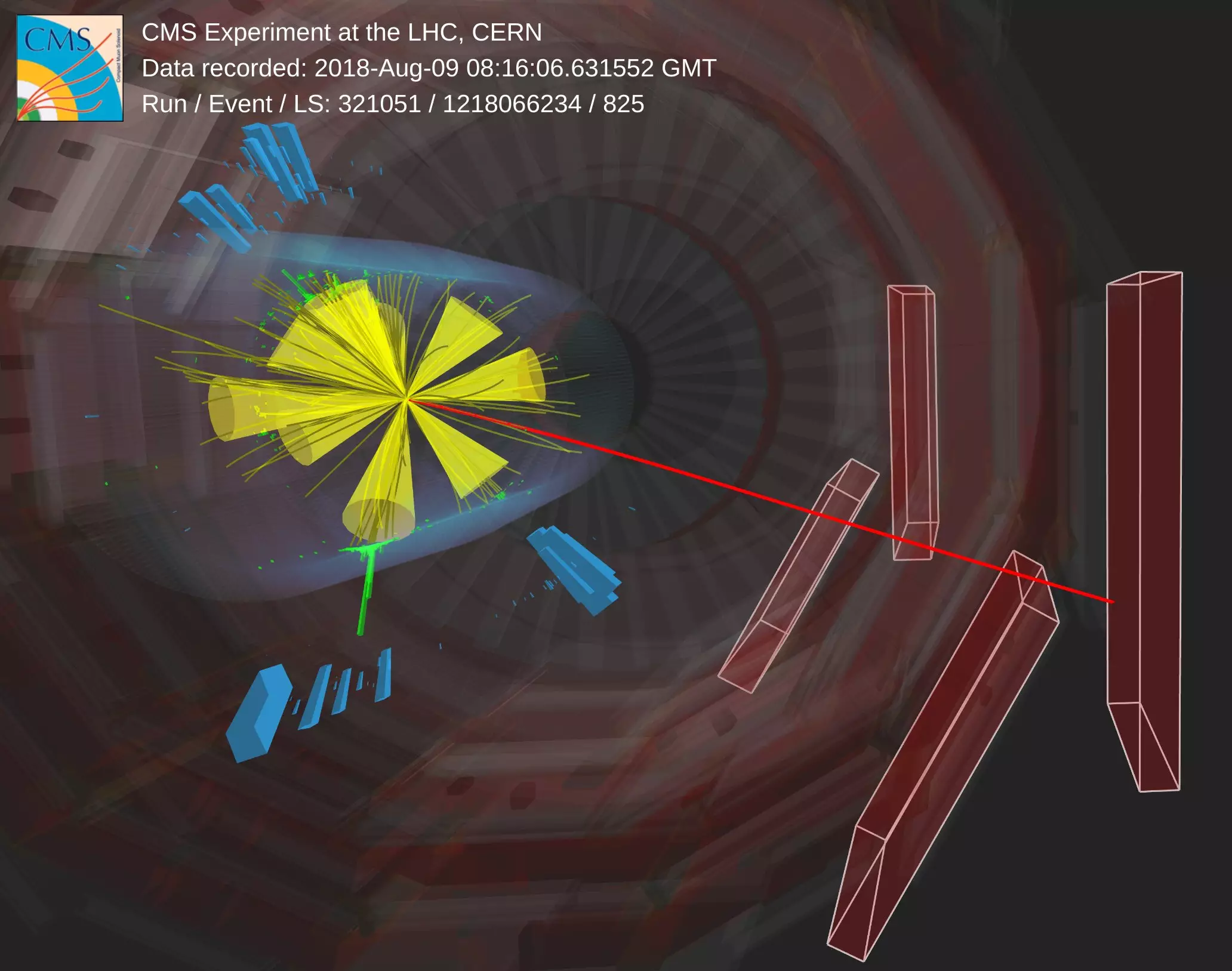Supersymmetry (SUSY) has long been considered a promising theory in particle physics, offering solutions to some of the most perplexing questions in the field. One of the key predictions of SUSY is the existence of “superpartner” particles for all known particles. For instance, the top squark, also known as the “stop,” is the superpartner of the top quark. In a recent development in 2021, the CMS collaboration made significant strides in analyzing data collected from 2016 to 2018, indicating the possible presence of stop particles.
The analysis focused on detecting pairs of stops, where each stop decays into a top quark and multiple jets. This unique signature poses a challenge as it closely resembles the production of top quarks in the Standard Model. To accurately determine the background from the top quark production, the CMS collaboration employed the “ABCD method,” which relies on two uncorrelated observables to distinguish between signal and background regions.
A significant obstacle in applying the ABCD method to the stop search is the correlation between variables, rendering the traditional approach ineffective. To address this limitation, CMS physicists introduced an innovative method utilizing advanced machine-learning techniques to identify two uncorrelated variables for data classification. This approach led to a more precise estimation of the background, enhancing the sensitivity of the analysis.
By implementing the novel approach, the CMS collaboration achieved a breakthrough in accurately predicting the background in the analysis without relying on extensive simulations. While the expected signal of stop particles with a mass below 700 GeV was not observed in this study, the enhanced sensitivity of the analysis opens up new possibilities for future research. With the ongoing LHC Run 3, physicists are eager to delve deeper into the search for stop particles and unravel the mysteries of supersymmetry.
The recent advancements in analyzing stop particles represent a significant milestone in supersymmetry research. The integration of machine-learning techniques and innovative approaches has revolutionized the interpretation of data, providing new insights into the elusive realm of particle physics. As scientists continue to push the boundaries of knowledge, the quest for understanding the fundamental nature of the universe enters an exciting new phase with the promise of groundbreaking discoveries on the horizon.


Leave a Reply
You must be logged in to post a comment.